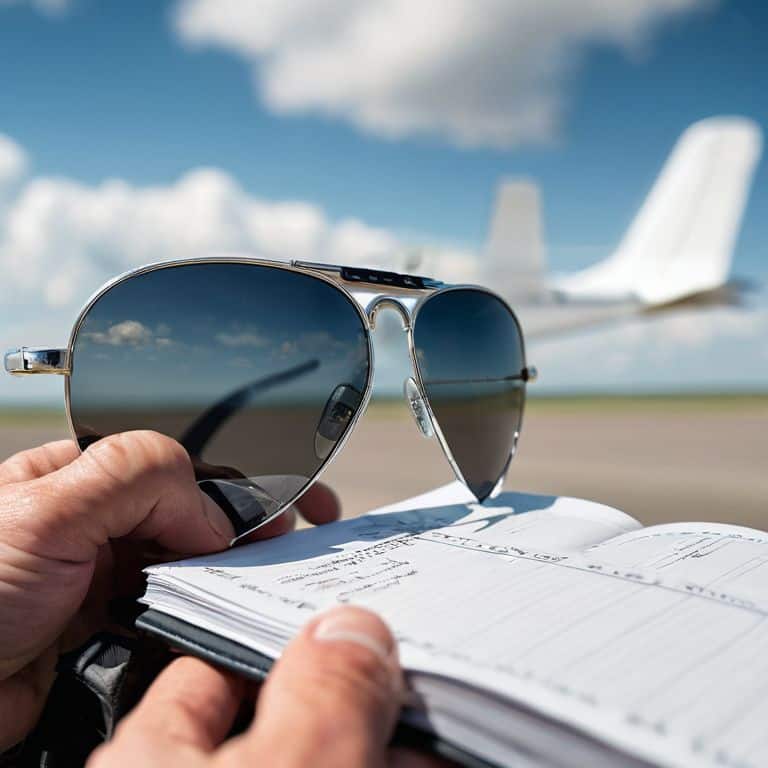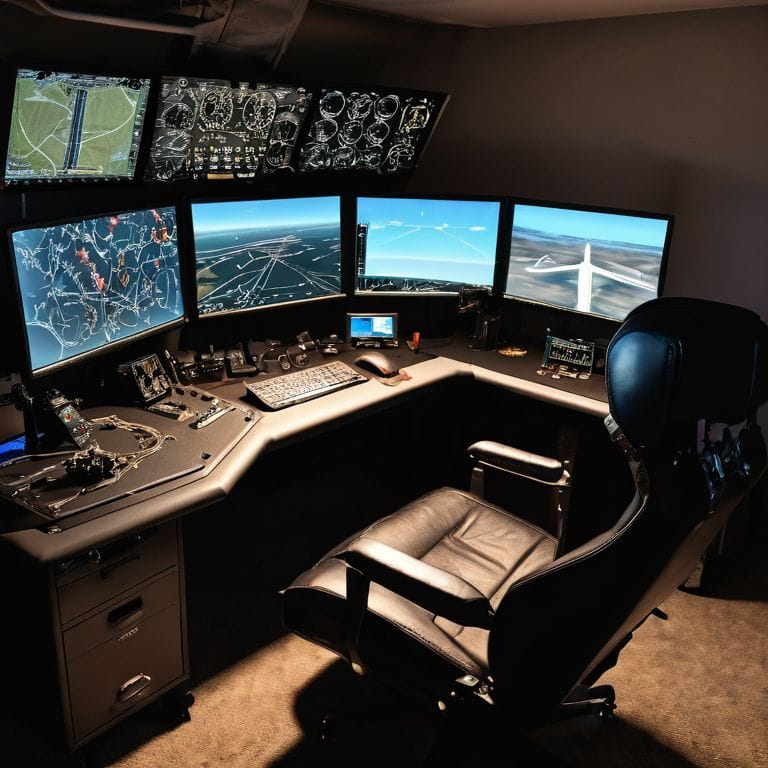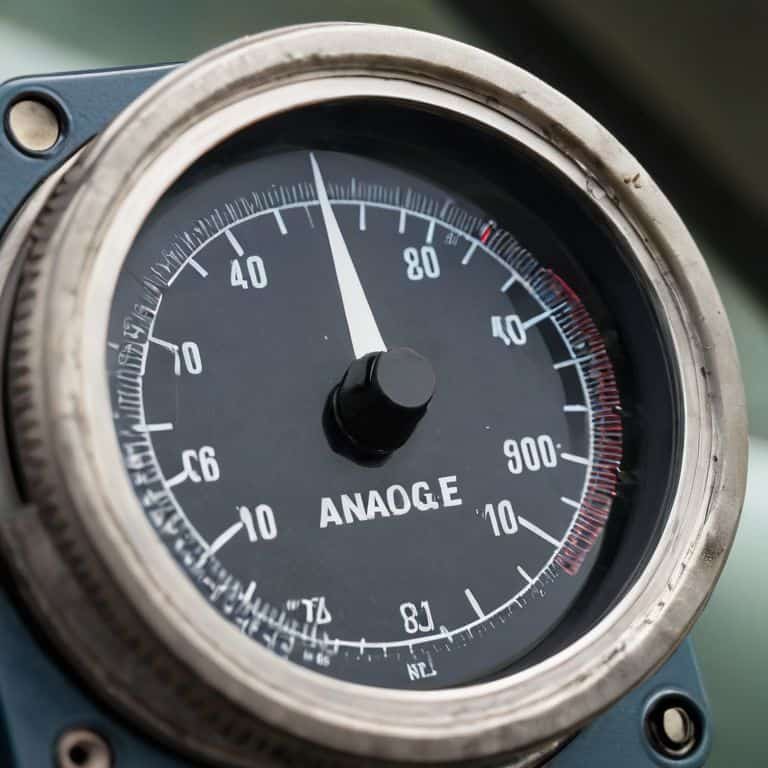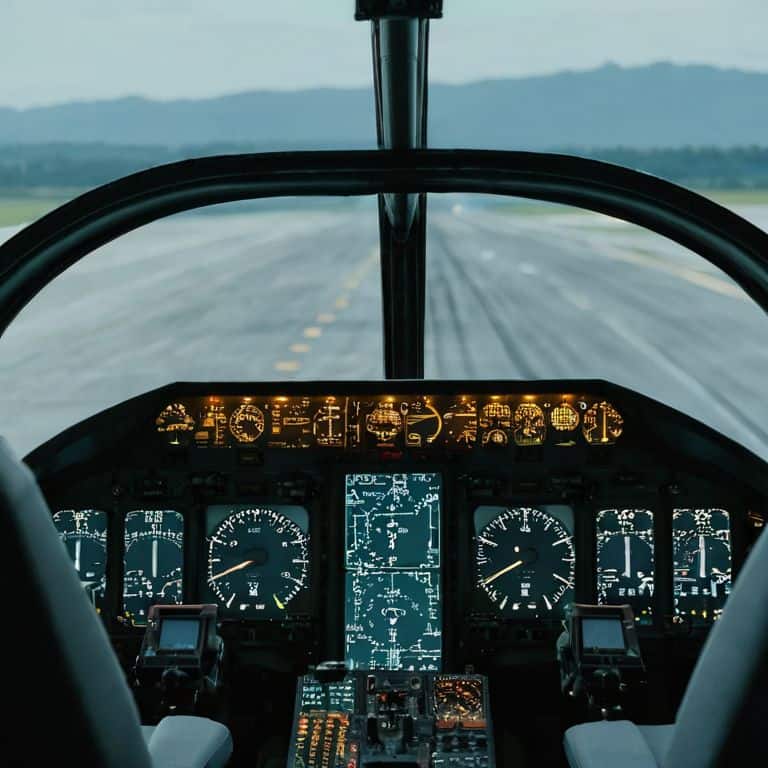As I sit in my flight school office, surrounded by maps and model airplanes, I often hear aspiring pilots express frustration about the private pilot license requirements. They’re overwhelmed by the complexity and cost, feeling like they’re navigating a maze of bureaucracy. I understand their frustration, having been in their shoes years ago. The truth is, obtaining a private pilot license doesn’t have to be a daunting task. With the right guidance, you can break down the private pilot license requirements into manageable, achievable steps.
My goal is to provide you with a no-nonsense guide to earning your private pilot license. I’ll share my personal experience, gained from years of flying and teaching, to help you understand the fundamentals of flight. We’ll work through the requirements together, step by step, focusing on the essentials: safety, practicality, and confidence. By the end of this journey, you’ll be well on your way to joining the ranks of private pilots, with a deep understanding of the principles and practices that will keep you safe and successful in the skies.
Table of Contents
- Private Pilot License Requirements
- Flight School to Flight Deck
- Decoding Aviation Weather Theory for Safe Skies
- Instrument Rating Secrets and Commercial Prerequisites
- Clearing the Runway: 5 Essential Tips for Private Pilot License Requirements
- Key Takeaways for Aspiring Private Pilots
- Navigating the Skies with Clarity
- Taking to the Skies: Your Journey to a Private Pilot License
- Frequently Asked Questions
Private Pilot License Requirements
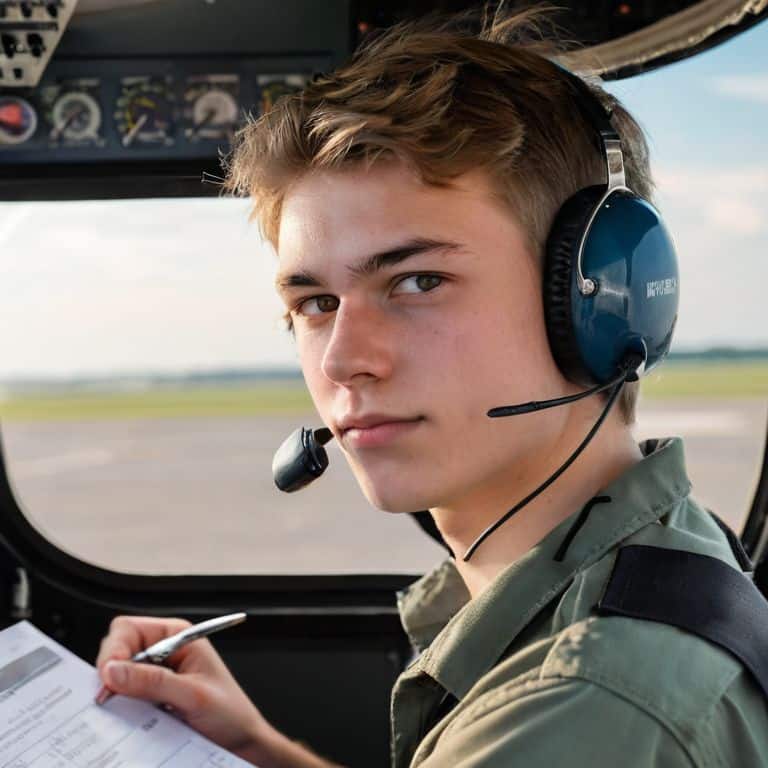
To earn your private pilot license, you’ll need to meet certain eligibility criteria, including being at least 17 years old and being able to read, speak, write, and understand English. Additionally, you’ll need to obtain a pilot medical certificate from a Federal Aviation Administration (FAA)-designated Aviation Medical Examiner (AME). This certificate ensures that you’re fit to fly and don’t have any medical conditions that could pose a risk to yourself or others.
When it comes to the cost of obtaining a private pilot license, it’s essential to consider factors such as flight school selection and the type of aircraft you’ll be training in. The private pilot license cost can vary significantly depending on these factors, so it’s crucial to do your research and choose a flight school that meets your needs and budget. Some flight schools may also offer financing options or package deals that can help make the process more affordable.
As you progress in your training, you’ll also want to consider additional ratings, such as an instrument rating, which can provide you with more flexibility and safety when flying in instrument meteorological conditions. However, for now, let’s focus on the fundamental requirements for earning your private pilot license. By understanding these basics, you’ll be well on your way to achieving your goal of becoming a licensed pilot, and who knows, maybe one day you’ll even be ready to pursue a commercial pilot license.
Earning Your Wings Cost and Training Insights
As we delve into the world of private pilot licenses, it’s essential to consider the financial investment required. The cost of earning your wings can vary significantly depending on factors such as location, aircraft type, and instructor fees.
To give you a better understanding, flight training costs can range from $5,000 to $10,000 or more, depending on the flight school and the type of aircraft you’ll be training in.
Medical Certificates and You Staying Airborne
To ensure you’re fit to fly, you’ll need to obtain a medical certificate from a Federal Aviation Administration (FAA)-designated Aviation Medical Examiner (AME). This is a crucial step in the licensing process, as it confirms that you meet the medical standards required for safe flight operations.
As you prepare for your medical examination, it’s essential to understand that the medical certificate is not just a one-time requirement, but rather a recurring process to ensure your ongoing health and fitness for flying.
Flight School to Flight Deck
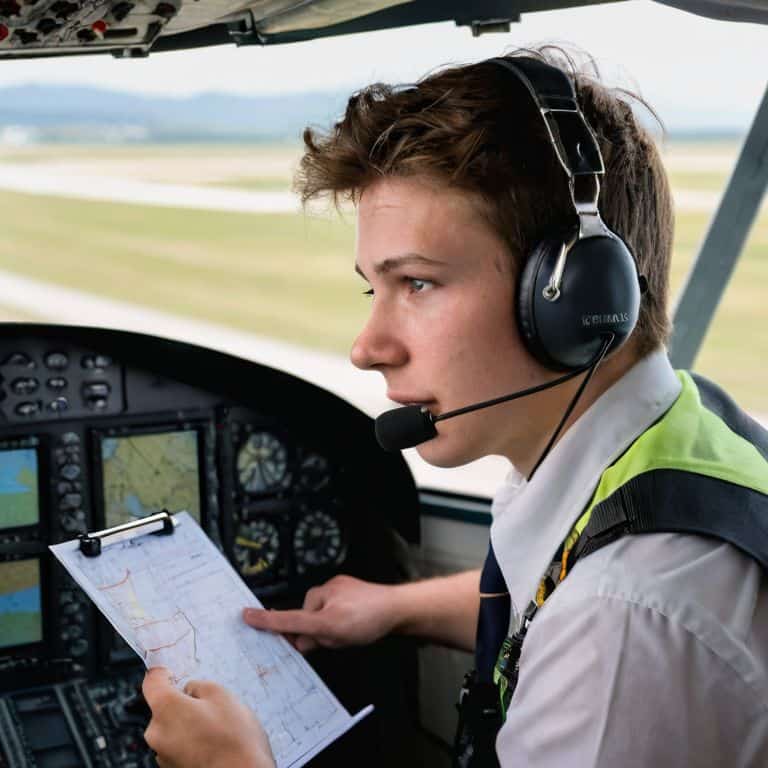
As we transition from flight school to the actual flight deck, it’s essential to understand the practical application of your training. Your journey to becoming a private pilot is not just about meeting the requirements, but also about gaining hands-on experience. I always tell my students that the key to success lies in mastering the fundamentals, and that’s exactly what we’ll focus on in this phase.
When selecting a flight school, consider factors such as the quality of instruction, aircraft maintenance, and flight simulator availability. These aspects can significantly impact your learning experience and ultimately, your ability to obtain a private pilot license. Additionally, it’s crucial to research the instrument rating requirements and commercial pilot license prerequisites to plan your future aviation goals.
In the cockpit, you’ll need to apply your knowledge of aviation weather theory to make informed decisions about your flight. This includes understanding weather patterns, reading forecasts, and recognizing potential hazards. By combining theoretical knowledge with practical experience, you’ll become a proficient pilot, capable of navigating various weather conditions and ensuring a safe flight. Remember, the goal is to stay airborne, and with the right training and mindset, you’ll be well on your way to achieving your private pilot license.
Decoding Aviation Weather Theory for Safe Skies
As a pilot, understanding aviation weather theory is crucial for safe flight operations. It’s not just about checking the forecast, but also about being able to interpret and apply that information to your flight plan. I like to think of it as being the captain of your own ship, navigating through the skies with confidence.
To make informed decisions, you need to be able to read the signs of changing weather patterns, from wind direction to cloud formations. This skill takes practice, but with the right foundation, you’ll be well on your way to becoming a proficient pilot, capable of handling various weather conditions with ease.
Instrument Rating Secrets and Commercial Prerequisites
As we navigate the world of advanced pilot training, it’s essential to understand the instrument rating and its significance in commercial aviation. This rating is a crucial step for those aiming to become commercial pilots, as it demonstrates their ability to fly solely by instrument readings.
To move forward, pilots must meet specific commercial prerequisites, including a minimum number of flight hours and a deep understanding of complex aircraft systems.
Clearing the Runway: 5 Essential Tips for Private Pilot License Requirements
- Understand the Eligibility Criteria: Ensure you meet the minimum age requirement of 17 years and can read, speak, write, and understand English
- Choose the Right Flight School: Research and select a flight school that is FAA-certified and has a good safety record, as well as experienced instructors
- Plan for the Financial Investment: Estimate the total cost of earning your private pilot license, including equipment, lessons, and exams, to avoid any financial turbulence
- Get Familiar with Aircraft and Equipment: Learn about the different types of aircraft, their systems, and the equipment you’ll be using during your training to stay ahead of the curve
- Stay Organized and Focused: Create a study schedule and stick to it, using tools like checklists and flashcards to help you memorize key terms and concepts, and don’t hesitate to ask your instructor for help when needed
Key Takeaways for Aspiring Private Pilots
Understanding the private pilot license requirements is the first step to earning your wings, and it involves meeting specific eligibility criteria, undergoing comprehensive training, and being aware of the associated costs
Obtaining a medical certificate is crucial for ensuring your fitness to fly, and staying informed about aviation weather theory is vital for safe flight operations
Advancing from flight school to the flight deck requires dedication, continuous learning, and potentially pursuing additional ratings such as an instrument rating, which can open up more career opportunities in aviation
Navigating the Skies with Clarity
The journey to a private pilot license is not just about meeting requirements, but about embracing a mindset of safety, precision, and continuous learning – where every step forward is a chance to refine your skills and broaden your horizons.
Daniel Sato
Taking to the Skies: Your Journey to a Private Pilot License
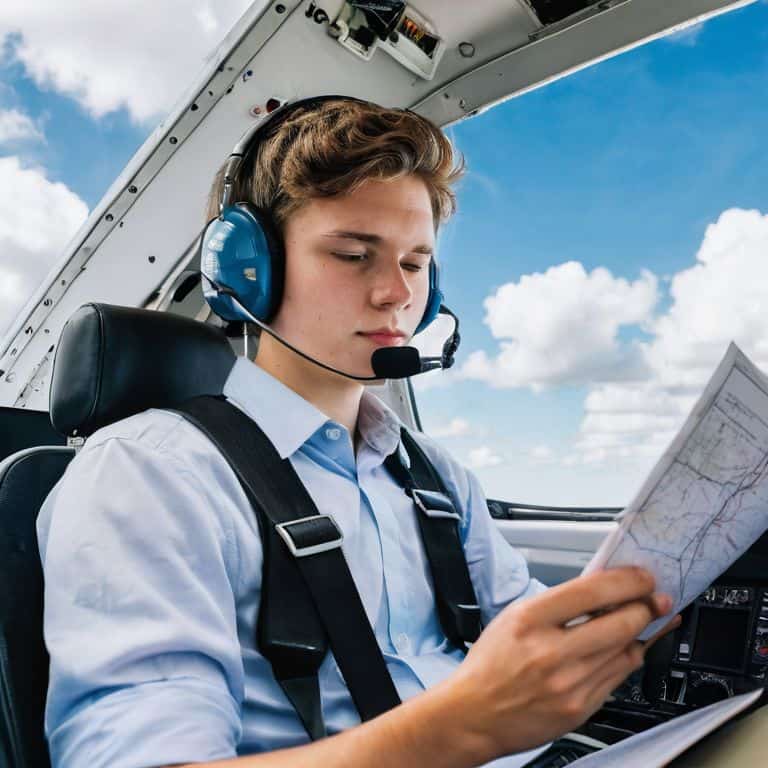
As we conclude our journey through the private pilot license requirements, let’s take a moment to review the key points: from understanding the cost and training involved, to the importance of medical certificates and staying up-to-date with the latest aviation weather theory. It’s clear that becoming a private pilot requires dedication, perseverance, and a passion for continuous learning. By breaking down these complex topics into manageable steps, you’ve taken the first crucial steps towards earning your wings.
As you move forward on this exciting path, remember that the journey to becoming a private pilot is not just about meeting requirements, but about embracing a lifestyle that values safety, precision, and the thrill of exploration. So, let’s take to the skies with confidence, inspired by the freedom of flight and the endless possibilities it presents. With every lesson, every flight, and every challenge overcome, you’ll be one step closer to realizing your dream of soaring through the skies as a licensed private pilot.
Frequently Asked Questions
What are the minimum number of flight hours required to be eligible for a private pilot license?
To be eligible for a private pilot license, you’ll need a minimum of 40 hours of flight time, including at least 20 hours of flight training and 10 hours of solo flight time. Think of it like building a scale model – you need the right foundation to get it just right.
How do I choose the right flight school for my private pilot training?
Choosing the right flight school is like plotting a course – you need to consider your destination and the best route to get there. Look for a school with experienced instructors, a safe and well-maintained fleet, and a curriculum that fits your learning style and goals.
Are there any specific medical conditions that could prevent me from obtaining a private pilot license?
When it comes to medical conditions, the FAA has specific guidelines. Certain conditions like uncontrolled high blood pressure, severe vision impairment, or a history of heart problems may require special consideration or even prevent you from obtaining a private pilot license. Let’s discuss your specific situation and how it may impact your flight plans.
